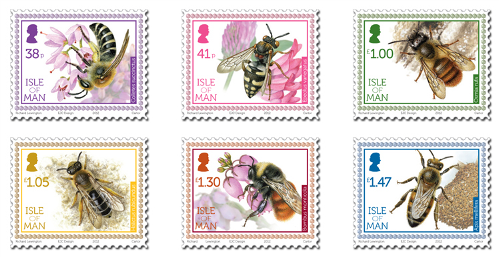In a Belgian pilot study, honey bee wax combs from ten hives were analyzed on the presence of almost 300 organochlorine and organophosphorous compounds by LC–MS/MS and GC–MS/MS. Traces of 18 pesticides were found and not a single sample was free of pesticide residues. The number of residues found per sample ranged from 3 to 13, and the pesticides found could be categorized as (1) pesticides for solely apicultural (veterinary) application, (2) pesticides for solely agricultural (crop protection) application, (3) pesticides for mixed agricultural and apicultural (veterinary) application. The frequencies and quantities of some environmental pollutants bear us high concerns. Most alarming was the detection of lindane (gamma-HCH) and dichlorodiphenyltrichloroethane (DDT) (including its breakdown product dichlorodiphenyldichloroethylene), two insecticides that are banned in Europe. The present comprehensive residue analysis, however, also reveals residues of pesticides never found in beeswax before, i.e. DEET, propargite and bromophos.
Source: Ravoet, J., Reybroeck, W., & de Graaf, D. C. (2015). Pesticides for Apicultural and/or Agricultural Application Found in Belgian Honey Bee Wax Combs. Bulletin of Environmental Contamination and Toxicology, 1-6.

- Login om te reageren
